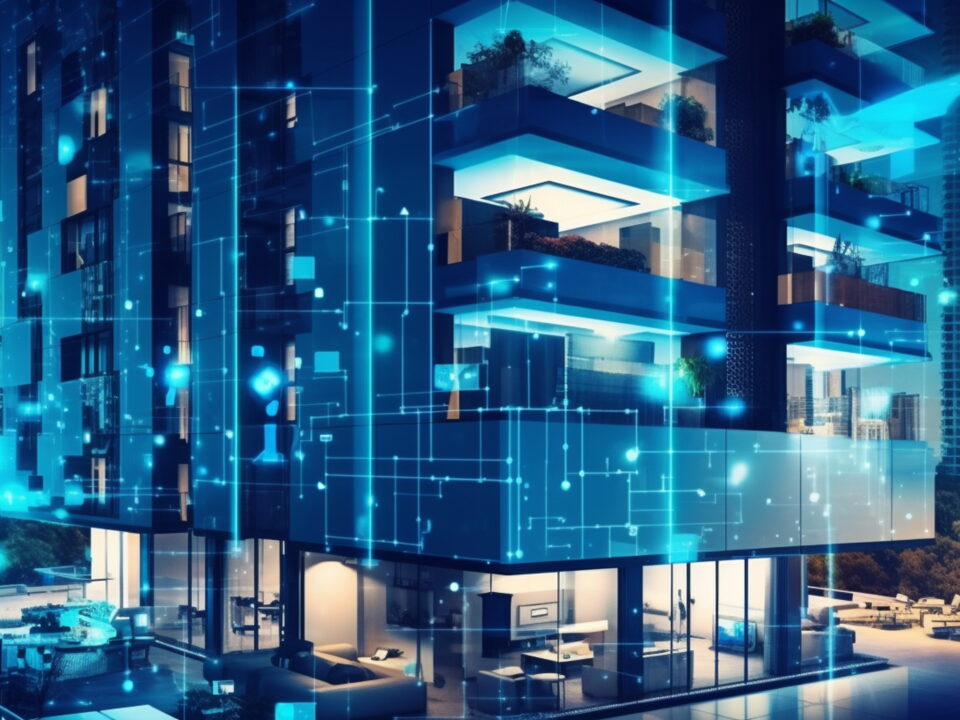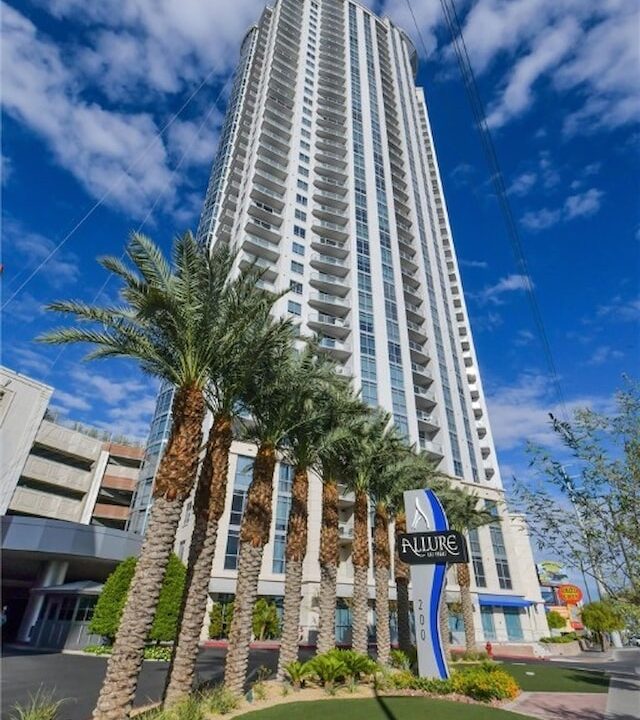- Sales: +1 385 334 4390Support: +1 801 396 2521

DIRECTV: Everything You Need To Know
12 July 2022EOS Thermostats: Are They Worth It For My Hotel?
19 July 2022Make sure your investment in energy for your business gives you a good return by implementing smart energy management technology.
Business owners are familiar with the struggle of managing costs to maximize profit while maintaining operations and a good customer experience. Energy consumption is one of those necessary expenses that you can’t run your business without. But it’s also where efficiency can make a huge difference in overall cost.
Your energy management system is the key. It’s not only about cutting the amount of energy specific processes require, but also ensuring your employees are directing their energy to the most effective tasks.
Here are a few ideas to take advantage of current technology to help your system and employees work smarter, not harder.
Get Energy-efficient Appliances That Work
High-efficiency appliances are a pretty standard issue for homes and businesses these days. They allow us to cut down on energy consumption with every use. Generally, they’re well worth the price, but please use discernment in the energy-efficient machines you buy.
Remember the first generation of low-flow toilets? They were universally despised because, while significantly reducing the amount of water per flush, they were ineffective at disposing of waste. Ultimately, they failed to save water because they had to be flushed multiple times. They were so bad that people were yard sale shopping for old toilets that were more effective.
The lesson of the low-flow toilet is never to sacrifice effectiveness for efficiency.
Automate Processes That Require Time, But Not Thought
Is there any part of your business that you avoid because it’s boring, or do you have to nag your employees to do it because they consider it a waste of their time? They’re probably right. Paperwork is usually a good example of this: clocking in and out, managing to-do lists, anytime you have to record the same information in multiple places, etc.
Software can almost always complete simple tasks more energy efficiently than humans can. While this may mean some menial jobs are eliminated, the remaining jobs will be more inherently satisfying and build marketable skills; this is one manifestation of the goal to maximize efficiency without losing effectiveness.
Many tasks employees are paid for take inordinate amounts of time, but these can be easily automated with a small investment in software. Well-designed workflow software can significantly reduce the time these tasks require, freeing people up to do things that involve intelligence and creativity.
Other processes may require a little more thought but are also pretty predictable and repetitive when isolated for various criteria. An example of this could be coming up with diagnostic recommendations for certain car problems — these are also perfect candidates for automation.
Look for Systems That Avoid Frequent, Costly Updates
Upgrading and replacing technology can be a substantial business expense that diverts time and energy from directly normal operations. It means downtime and additional training on top of replacement costs.
One of the downsides of modern technology is that much of it isn’t built to last. All computerized systems require frequent updates. This isn’t a big problem when systems automatically download software updates at night when no one is using them.
But smartphones are never built to last more than a couple of years. Even if you can avoid cracking your screen for longer, the battery will die and often can’t be replaced easily, and then software updates stop coming after a few years. Good luck trying to keep a smartphone functioning for five years or more. Eventually, you have to buy a new model.
This is called planned obsolescence. It happens with all sorts of technology and can significantly divert the energy and attention of employees. This, in turn, increases the costs of doing business.
One way around this is to avoid systems that require buying all new hardware when you begin, upgrade, or simply want to continue service after a new model comes out.
Use Smart Technology to Optimize Energy Efficiency.
This is a technological step beyond high-efficiency appliances. It’s not just about reducing energy used but being selective about how we use it.
A traditional thermostat is like the old reliable cruise control in a car. You set it and forget it, saving you a lot of money by maintaining a constant speed or temperature.
All this is great for energy efficiency as long as the road is flat, conditions are fair, the speed limit stays constant, and traffic stays light. If this changes, your traditional cruise control won’t serve you very well.
The same is true with traditional thermostats. They work well as long as the room occupants’ preferences don’t change, the doors and windows stay closed, and the outside temperature doesn’t unexpectedly change in the wrong direction.
Many new cars now feature smart cruise control that senses when a vehicle in front of you slows or stops. It then initiates braking to avoid a collision.
That is similar to what smart energy management systems do for you. Smart thermostats can respond to climate changes and inputs from room occupants without compromising energy efficiency. Smart lighting systems turn on when you’re close and off when not in use, and smart appliances can self-diagnose problems, saving you time and energy trying to find out the problem.
Groove Technology Solutions is Built on Smart Energy Management
If you’re looking for ways to improve your energy management system, let us help. Groove Technology Solutions has spent many years building our knowledge of energy-efficient and smart tech. We install Interel’s smart building ecosystems, which are ideal for maintaining energy efficiency while putting guests in control of their comfort.
We believe the most efficient way to do anything is to do it right the first time; that’s what we’ve built our reputation on. We are confident that we can find solutions that will fit your needs.



